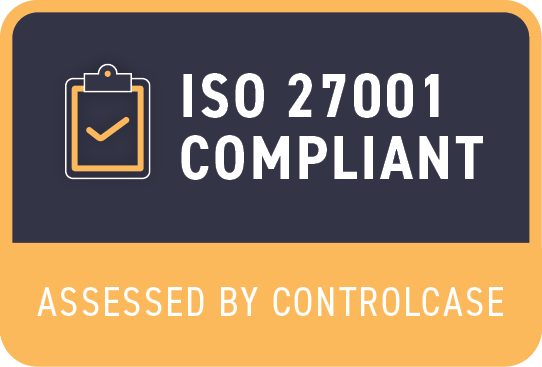
Why is digital identity important?
According to a McKinsey report, the internet accounted for 21 percent of GDP growth in the world's largest economies over the last 5 years. Taking this fact into consideration, digital identity’s impact on the digital economy is hard to ignore.
Identity plays a part in almost every aspect of the digital economy. Consumers today expect seamless connectivity to data and services, while businesses want to know who they’re letting through the door. This is all achieved through digital identity and identity verification. It has become an essential business enablement function, driven by the growth of the internet, digital products and services.
This trend is only going to continue as we look ahead to the future. But to understand what identity will look like in 2025 and beyond, we need to first examine where identity is today, and how we got there.
The digital identity journey so far
Traditionally, there have been two ways to verify identity.
-
You can verify face-to-face, for example by opening a bank account in a bank branch. To open a bank account, you take a physical identity document into the bank to be verified in person. But this approach isn’t scalable. In a bank branch, you can only verify a couple of hundred people a day. It also isn’t always secure. People are generally less accurate at verifying identities than technology. Even highly trained individuals such as passport officers average a 14% error rate.
-
Or you can verify an identity using a credit bureau. This method is scalable, as in theory you can onboard millions of customers a day. But this form of identity verification has its own issues. It excludes half the world’s population, because many adults are underbanked or unbanked, and their data isn’t held on a credit bureau. And there is also the question of security. Bureaus are vulnerable to data breaches because all the data is centralized and stored in one place. This makes them attractive to fraudsters—if a credit bureau is breached, it's not just one record that is exposed, but thousands or even millions.
This is why Onfido was founded. We want to create a new approach to identity, based around three key pillars: security, convenience and access.
This brings us to where we are today: photo-based government ID and facial verification checks. This solution provides a better balance across the three pillars than face-to-face verification or credit bureaus. It maintains security in both the offline and online world. It is convenient, allowing consumers and businesses to verify identities digitally. And allows access on a global scale.
In summary, we’ve gone from legacy (in person) to a centralised approach (credit bureaus/databases) to digital identity proofing and verification (now). But identity still has a way to go.
The future of identity
Consumers want convenience and privacy. Businesses want certainty and access. And governments want compliance and security. To meet these needs, identity should be supercharged across the three pillars of security, convenience and access.
To achieve this, the main shift will be replacing centralized models with a decentralized and user-controlled one.
Every time you sign up for a new service (for example an online retailer, a payment provider, or a hail-a-ride company) you expose your data. You provide your personal information such as your date of birth, address and payment details to different databases. This exponentially increases the risk that you could become a victim of identity fraud via a data breach. Currently, one in three people in the US have been a victim of identity fraud.
Centralized databases offer no user control. But a decentralized solution would provide one-touch access and full user control. If there is no centralized database holding your data, no third party can access this information without your consent.
A decentralized approach would allow everyone in the world to own and control their own legal identity. There won’t be a need to share all of your data with different providers.
So consumers get privacy, convenience and quick access to the services and products they want. Business benefit from streamlined and compliant security, while getting access to more people. And regulators see more consistent standards.
Businesses are waking up to the strategic value of identity. It’s no longer seen as just a tick box or compliance issue. Secure decentralized identity lends itself to multiple business use cases, including purchases, transactions and user onboarding, among others.
Identity is the key to access—it services the digital economy. This concept will be key to the future of identity in 2025 and beyond.
Read our Digital by Default research to learn how people feel about digital identity, including how they're being blocked and dropping out of onboarding processes.






